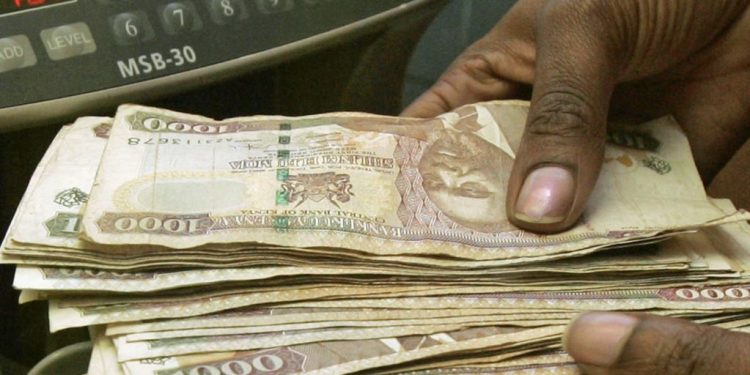The Kenyan shilling has shown the most stability since 2016 compared other currencies in Sub-Saharan Africa according to a recent report by Citi Research. Of all currencies in the region, the South African rand has been the most vulnerable to global economic trends. Other countries whose currencies have weakened against the US dollar are Ghana, Zambia, South Africa, and Nigeria.
“This was clearly shown in the ZAR sell of in recent months, which is compounded by the weak domestic economic story. We forecast that the rand will end December 2018 at ZAR 14.08: US$1 and will be around ZAR 13.75: US$1 by December 2019,” the report reads in part.
With regards to the East African currencies, Citi predicts that the Kenyan shilling to the US dollar will hit Sh101.5 by the end of 2018 and Sh104.0 by the end of 2019. On the hand, Citi forecasts that the UGX to the US dollar will hit Sh3,825 by the end of 2018 and Sh4,100 by the end of 2019 while the TZS to USD will hit Sh2,305 and Sh2,425 by the same periods.
Citi expects the Namibian dollar to reflect the same trend as the rand while the Botswana pula could continue appreciating against the rand. Additionally, Citi Research expects another stepped devaluation of the Ethiopian birr at the year-end 2018 or early 2019 “closer to ETB40: US$1 level given the slow adjustment under the crawling peg and rise in inflation.”
The report also indicates the Mozambican metical is not likely to maintain its appreciation and that it will probably come under pressure moving back towards MZN70:US$1 in 2019. The Zambian kwacha, on the other hand, is expected to weaken to ZMW10.60:US$1 and ZMW11.70:US$1 at the end of 2018 and 2019 respectively.
The Kenyan shilling exchange has been stable over the last few weeks despite the expiry of the IMF Stand-By Agreement. On Thursday, the KES traded at 100.90/101.00 against the dollar.



